Do you exercise regularly but don’t get the results you are looking for? Are you inconsistent with your exercise habits and therefore don’t achieve the health related results you are seeking? Were you active as a younger person, but the busyness of life has slowly stolen your health? Maybe you are the person whose life experiences with sports, movement and exercise have been negative so you avoid it, but you know you need it? You have a child that is struggling and needs a safe and positive environment to begin the habits of exercise?
There are a lot of ways that people find that they are stuck.
At Forte Fitness we have served so many people that fit into one of the narratives above. If you find yourself there or someone you care for fits one of these descriptions, we would be honored to have you or them in for a complimentary session to share with you how we can help. It is what we do!
If you are exercising regularly but are not getting results we can help pinpoint the reason or reasons. It could be you are doing the same exercises the same way over and over, and your body has simply adapted and you don’t know how to get out of your rut. We can analyze your workouts and nutrition and develop a plan that will work!
If you are inconsistent we can provide the accountability you need. At Forte we don’t sell memberships and draft accounts and then hope nobody shows up. We build relationships with our clients and are with you the whole way!
There are 168 hours in a week. We can help you set two appointments a week. Two hours! You will still have 166 left. We will take those two hours a week and make a difference in your health and how functional your body is. No matter how busy you are at some point you have to make your health your priority. Often people don’t make their health a priority in the busyness of life because they are caring for everyone else. But, you have to keep your tank full to keep caring for your loved ones, and they don’t want to see your health suffer. Give us a try!
At Forte we provide a safe place, privacy so that you can be comfortable. There are no crowds, no one to stare at you, and no waiting on equipment – just you and your trainer who is 100% focused on your success!
Many children struggle during recess and PE. It is not their natural playing field and in a time where children are more sedentary than ever with so much screen time, personal training can make a big difference for a child. Our trainers have hearts for children and can help your child begin to enjoy his or her body that is designed to move. They can begin to develop some confidence in their own skin. They can begin to develop habits that deliver a lifetime of health!
Are you stuck?
If you are or someone you care for is … then check out our website … check out our success stories and if you are curious just email or call us. We would be honored to have you in simply to explore whether or not Forte is the right fit. We offer a complimentary session which includes a tour of the studio, a medical screening, a goal setting consultation, and a full training session. At the end of your session we will let you know what a good plan would be. All you have to do is decide if Forte is the right fit for you.

